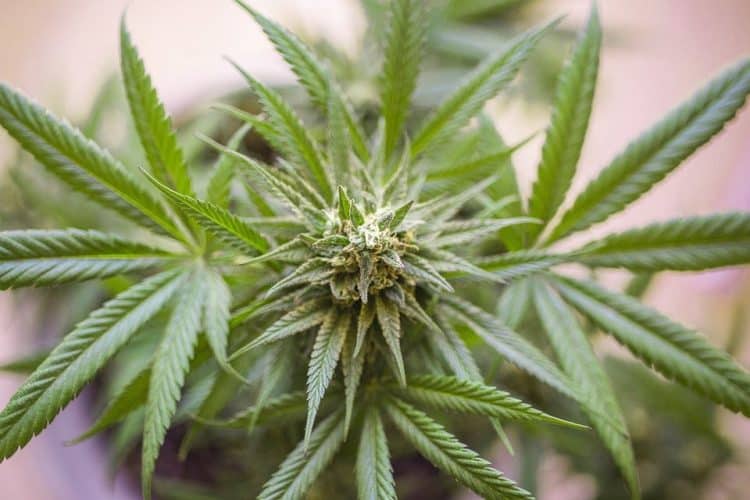Is there a way to maximize protein extraction from the mature buds of cannabis that will give the best results for proteomics?
Proteomics is the study of the make-up of proteins, while a proteome is the sum total of all proteins found in an organism. Proteomics has paved the way for the identification of different proteins in cannabis, however, not much has been done to identify proteins in the reproductive parts of the plant.
Proteins are a major component of cannabis (and all living organisms). Unfortunately, studies on cannabis (including proteomics) have been hindered by decades of cannabis prohibition. Thankfully, science is now catching up and scientists are more eager than ever to dive in and unearth the potential in this field. So far, the study of proteins has been restricted to immature cannabis plant parts including the seeds, roots, and leaves, but the reproductive parts have been mostly overlooked. However, one recent study has zeroed in on the proteomics of medicinal cannabis’ reproductive tissues. [1] What emerged from this study was confirmation of an effective way to extract and isolate proteins that maximizes on proteomics.
In this study, six protein extraction methods were assessed, including ethanol and acetone with urea or guanidine hydrochloride buffers for resuspension, and the buffers alone. This was followed by proteomics analysis using mass spectrometry to isolate and identify the proteins found. The apical buds and the trichomes were the center of focus (the reproductive parts of the mature medicinal cannabis plant).
The research revealed that extraction using the guanidine hydrochloride buffer was most effective for isolating and detecting proteins from the buds and trichomes as compared to using the urea-based buffer. The best results were achieved when this was preceded by a precipitation step using the trichloroacetic acid/acetone (ethanol with guanidine hydrochloride was next). This technique allowed the researchers to identify roughly 435 peptides in the buds.
Guanidine hydrochloride alone was better for trichomes, allowing the identification of approximately 100 peptides. Overall, the researchers report, “Most proteins belong to the cannabis secondary metabolism (24% in apical buds and 27% in trichomes), which encompasses the biosynthesis of phenylpropanoids, lipids, isoprenoids, terpenoids and cannabinoids.” [1]
Why is this of interest?
This bottom-up approach is necessary if good coverage of the proteome (entire protein composition in cannabis) is to be achieved. These researchers endeavored to provide an enhanced understanding of gene function in cannabis and a scientific basis for genetic selection during cultivation or genome-editing geared towards optimizing the value of medicinal cannabis.
Image Source
Image by Erin Stone from Pixabay
References
- Vincent, D., et al. “Optimisation of Protein Extraction from Medicinal Cannabis Mature Buds for Bottom-Up Proteomics.” Molecules, vol.24, no.4, 2019, p. 659. Impact Factor:060; Times Cited: 5 (PubMed)











